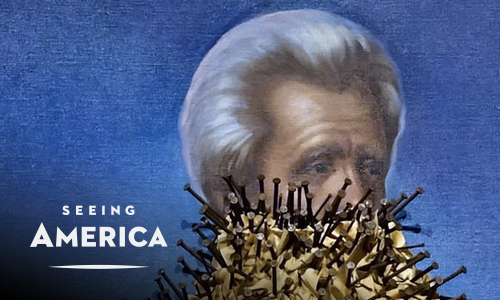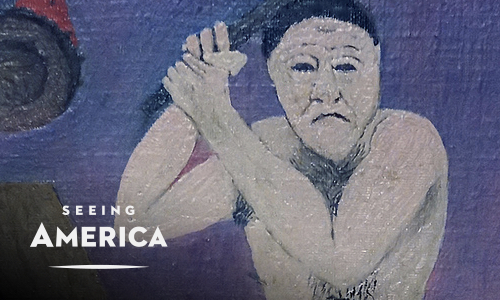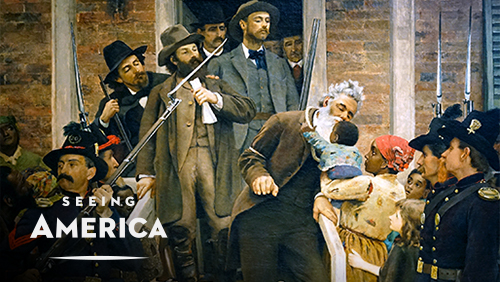Help your students explore works of art as primary documents.
Power in the United States—and, some might say, most countries—is a matter of politics. Sometimes these politics are rooted in grassroots efforts, and sometimes they are propelled by the power of mass media. Throughout the history of the United States, politics and power have been intertwined and inseparable.





